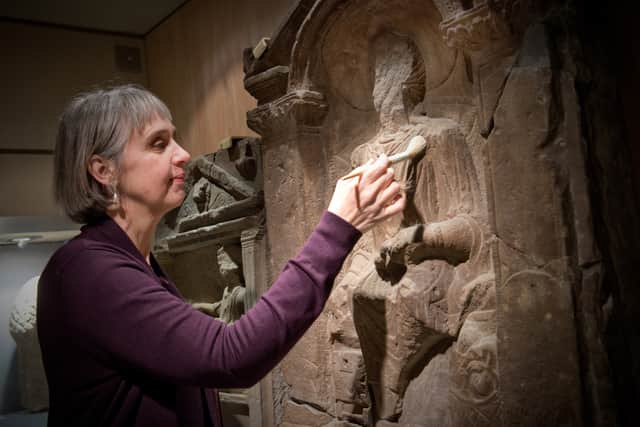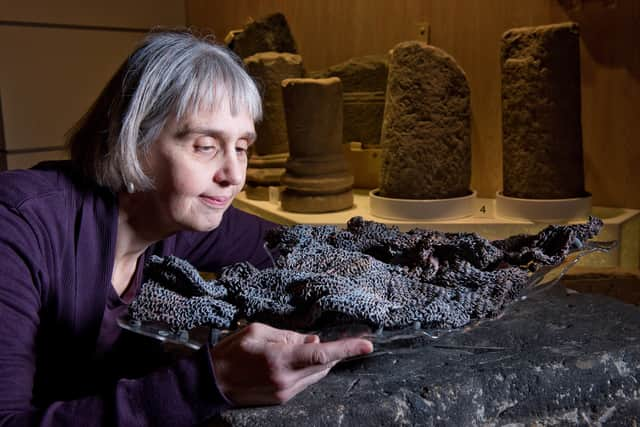Two key objects from Arbeia to go on loan to the British Museum


Arbeia Roman Fort is lending two of its most significant artefacts to the British Museum for a forthcoming exhibition about life in the Roman Army.
The Regina tombstone and a Roman ring-mail shirt will be taken to the capital for an exhibition which is set to run between February and June this year.
Advertisement
Hide AdAdvertisement
Hide AdThis is the first time the Regina tombstone has been loaned to another museum for display in an exhibition from the South Shields site. The British Museum currently has a copy of the tombstone on display but is now borrowing the original for its major new exhibition Legion: life in the Roman army. The exhibition opens on Thursday, February 1 and runs until Sunday, June 23 this year.
Geoff Woodward, Manager at the museum, said: “The fact that we’ve been approached to loan these artefacts to the British Museum highlights the significance of the collection at Arbeia, which is one of the best from any Roman fort site in the country.
"Arbeia attracts visitors from all round the world to view the archaeology, the reconstructed buildings and the engaging displays, and we’re delighted to be able to showcase these two particularly stunning objects as part of a major national exhibition.”


Read South Tyneside's news on the go with our free email newsletters - bringing the headlines to your inbox. Catch up on the day's news and sport and enjoy even more from your Gazette. Visit our website here to find out more and sign up.
Advertisement
Hide AdAdvertisement
Hide AdThe Regina tombstone, which featured in a recent BBC Radio 4 series, was erected by a man called Barates who came from Palmyra in Syria. Regina, originally from south east England, had been a slave, but Barates freed and then married her. When she died he had this tombstone made for her.
Discovered in South Shields, it is the only Romano-British tombstone to be found which has an inscription in two languages, Latin and Aramaic, the language of Barates which was spoken across the Middle East in ancient times.
The iron ring-mail is a complete Roman chain-mail shirt which was lost during a huge fire at the fort in the late third or early fourth century. It was overlooked when the burnt-down barrack was demolished before rebuilding work could take place and is unusually well-preserved.
The Roman Fort guarded the main sea route to Hadrian's Wall. A key garrison and home to 600 Roman troops, it was the military supply base to other forts along the Wall and is an important part of the history of Roman Britain. It is also a UNESCO World Heritage site.
